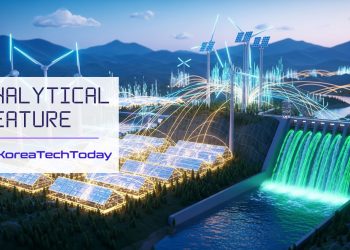Hanwha Q Cells, South Korea’s leading solar power solutions provider and module maker, said that it would construct a 41-megawatt (MW) floating solar power plant in Hapcheon, South Gyeongsang Province. The company would build the floating solar power plant at the Hapcheon Dam, 354 km southeast of Seoul.
Hanwha obtained the floating solar farm order in August and its approval last November 4 from the Korea Water Resources Corporation. Construction of the solar power plant would commence by the end of this year.
The infrastructure would become the immense floating solar power built at a dam. It would include a combination of floating structure technology and land-based solar power technology. It would also produce enough electricity for around 60,000 households in a year.
According to Hanwha Q Cells, the power plant would utilize Q. Peak Duo Poseidon modules made explicitly for floating solar farms. The modules provide a peak power of 420 watts and an energy efficiency of 20.3 percent.
Also, the modules contain eco-friendly materials that could withstand high humidity and high temperatures. The modules passed rigorous testing, including 85 degrees-Celsius temperature and relative humidity of 85 percent for more than 3,000 hours.
Maximizing Territories
Furthermore, floating solar power plants contribute to the effective use of water territories, which benefit society when land is scarce. They produce electricity more efficiently through the water, reflecting light and cooling down the modules’ temperatures.
CEO Kim Hee-cheul stated that the floating solar power facilities that use the idle water surface provide the best solution for limited national territory.
Hanhwa Q Cells expects the global floating solar panel market to increase in the future rapidly. Countries with limited land territories could improve their power generation and facilities as well. The installation of floating solar photovoltaic panels could produce 404 gigawatts of power using 1 percent of a country’s water surface area.







